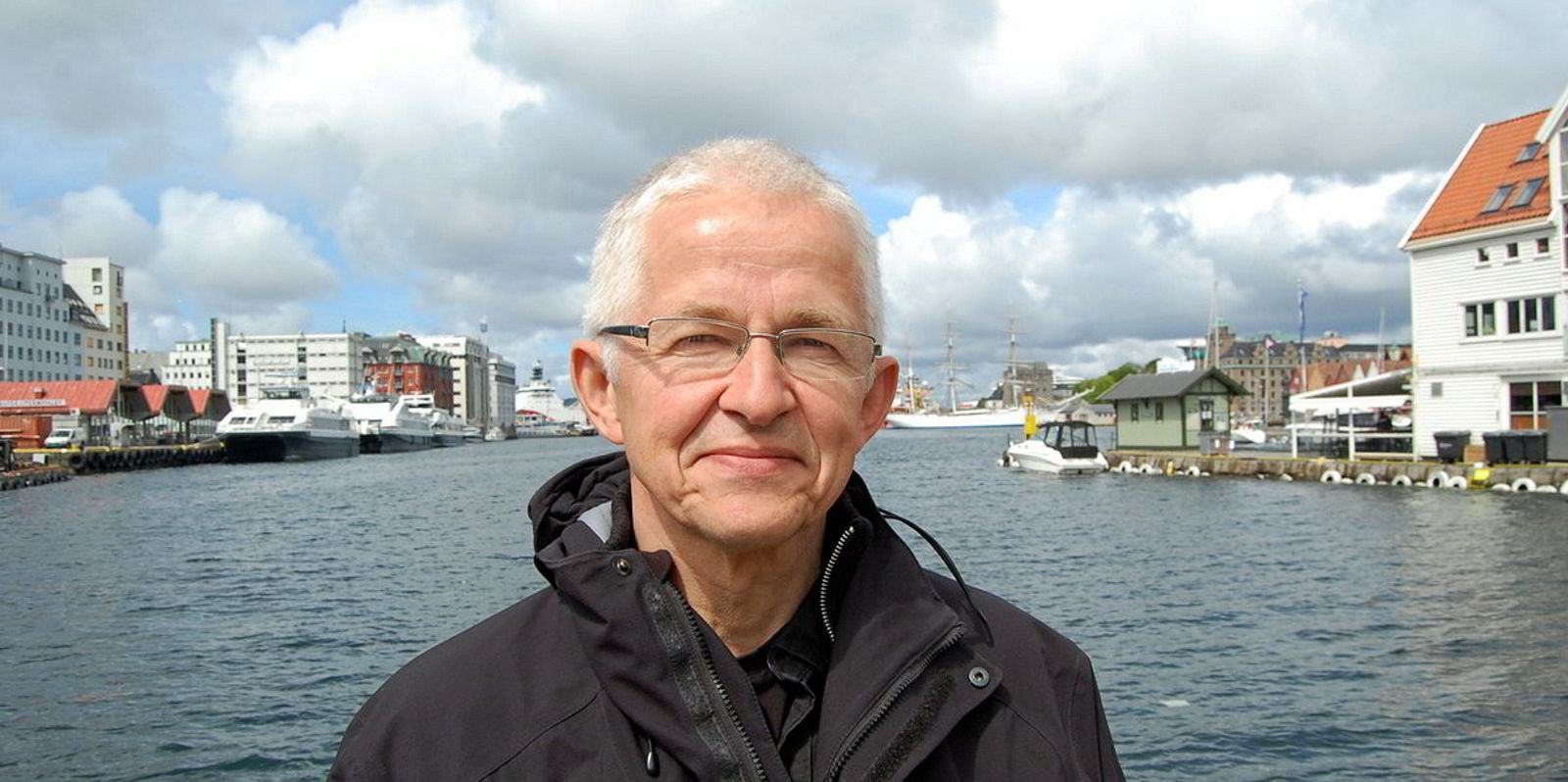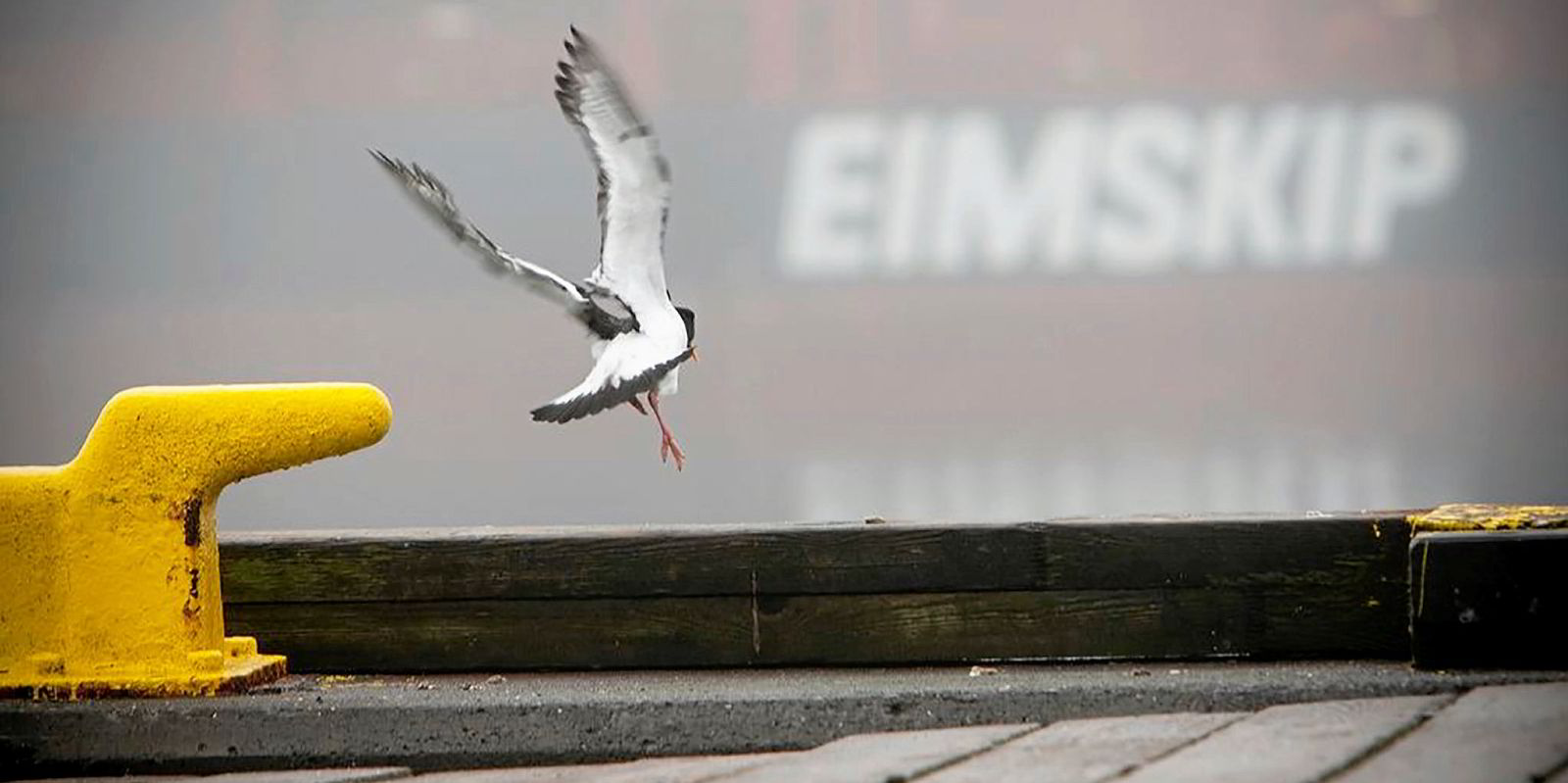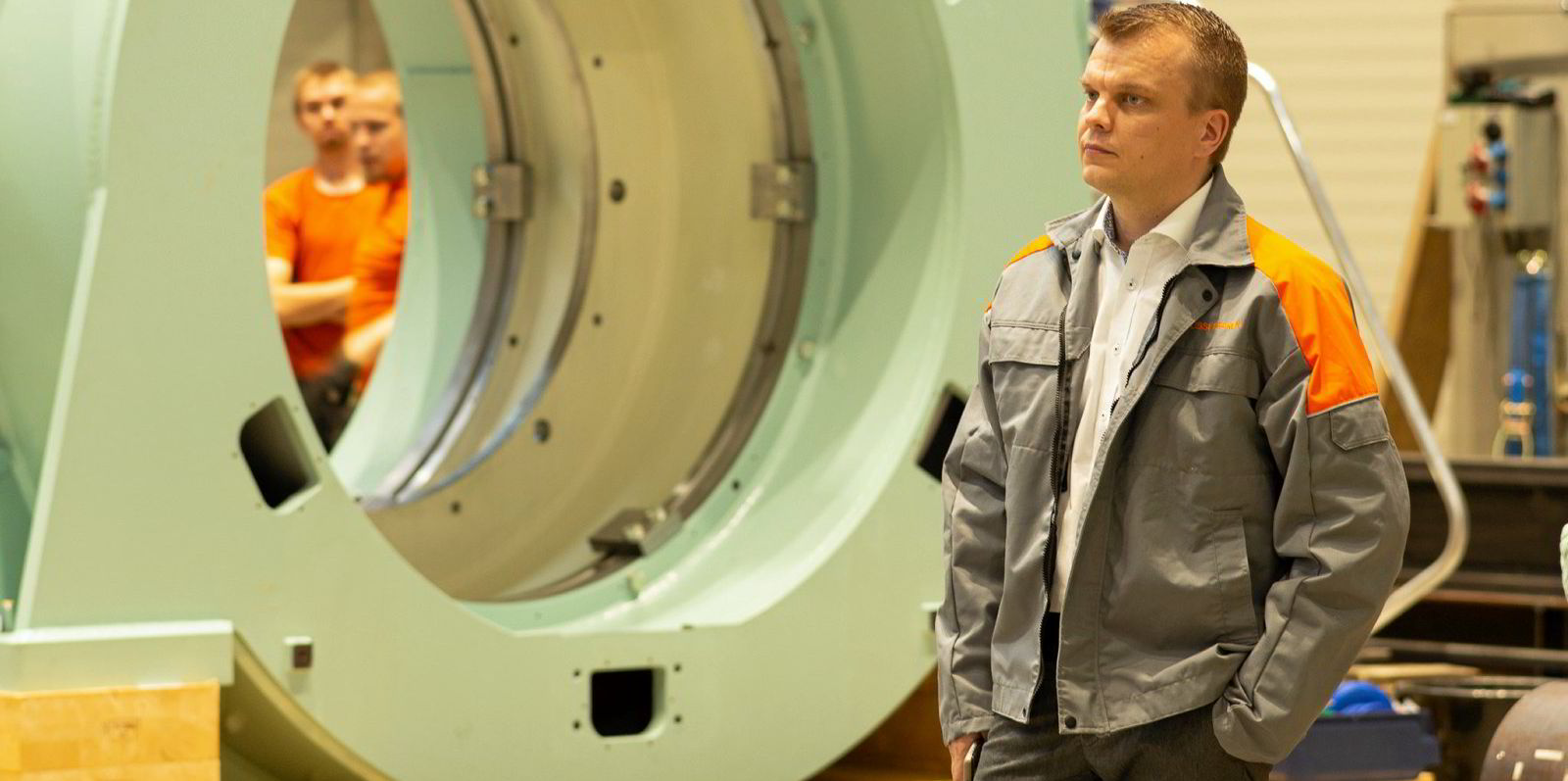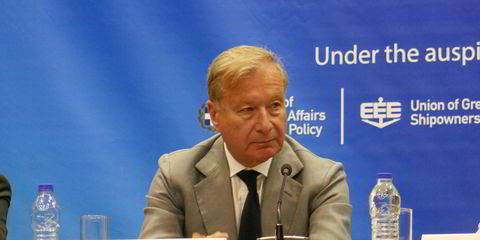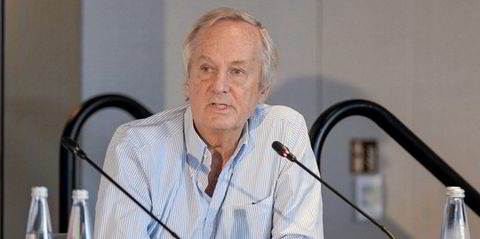Faroe Islands salmon farmer Hiddenfjord is calling on the industry to stop air transport of its products altogether, which chief executive Atli Gregersen describes as unnecessary and avoidable.
"Fish shouldn't fly," he believes. So last year, Hiddenfjord turned to using ocean freight to curb its carbonfootprint, which Gregersen said had cut export emissions by 94% since last October.
In comparison, Faroese competitor Bakkafrost recently announced it had bought its own plane to fly its salmon to the US market, claiming it could cut emissions by 40% to 50%.
Hiddenfjord uses Icelandic shipowner Eimskip and lands its fish in Portland, Maine, on the US east coast. The route, which initially took about two weeks, now takes nine days.
“It was an ethical decision and one that we knew could decrease our margins,” Gregersen told TradeWinds' sister publication IntraFish. “We decided we would not earn extra money today only to send the bills to our grandchildren.”
We decided we would not earn extra money today only to send the bills to our grandchildren
Hiddenfjord chief executive Atli Gregersen
On average, Norwegian salmon produces 7 kg of CO2 per kg of salmon before reaching its final destination, according to Hiddenfjord.
Flying salmon to the US East Coast adds another 7 kg of CO2 and by flying salmon to Asia, the final product could reach as much as 15-20 kg of CO2 emissions per kg of salmon.
According to Hiddenfjord, it does better than the industry average, with around 5.4 kg of CO2 emissions per kg of salmon. Shipping the product to the US East Coast adds just 0.4 kg, according to Norwegian research organisation Sintef.
While the family-owned company's strong balance sheet and lack of external shareholders allowed it to experiment with its distribution method, scrapping air transportation was an ethical and not a short-term economic decision, Gregersen said.
By omitting flying, the company has also future-proofed its operation, with management confident consumers and governments will get increasingly serious about food-linked emissions, he said.
“I know in my heart that flying salmon is totally unnecessary. Distributing salmon by air is not a sustainable decision, but an economical decision,” Gregersen told Intrafish.
This is an excerpt of a story published by TradeWinds' sister newspaper Intrafish. Read the full story here
